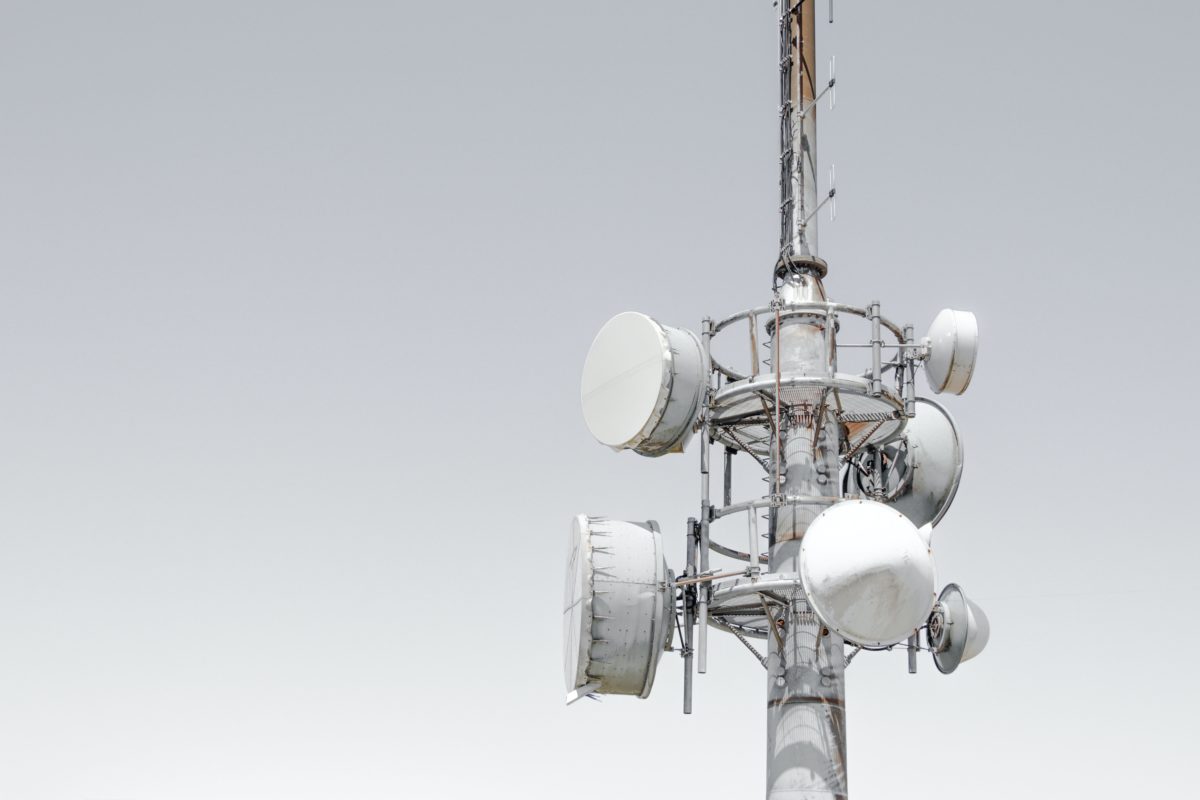As digital currencies have become more popular, the technology behind them is responsible for their success. In this article, we will explore the technology behind cryptocurrency and how it works. Keep reading to learn more about the inner workings of this fascinating new technology.
Working With the Technology Behind Crypto

It’s no secret that the crypto industries are growing at an alarming rate. As a result, there is an increasing demand for qualified professionals to fill various roles in these industries. If you want to work with the technology behind crypto, you may want to consider a degree in information technology (IT).
A Master of Science in information technology online degree program can provide you with the skills you need to work in a variety of positions in the crypto industry. These degrees can teach you how to develop and manage software, create and manage databases, and more. Additionally, many IT degrees include courses in cryptography and more crypto-related technology, which can give you a strong foundation in these areas.
If you’re interested in the technology behind crypto, an IT degree may be the perfect fit for you. With an IT degree, you can gain the skills you need to work in a variety of positions in the crypto industry.
Off Ramp Cryptocurrency Technology

Off ramp crypto technology is a key piece of the cryptocurrency puzzle. It allows users to exchange their cryptocurrencies back into fiat currency, which is essential for practical use. This technology is one of the reasons why cryptocurrencies are so popular.
Off ramp cryptocurrency technology is essential for two reasons. First, it allows users to buy goods and services with their cryptocurrency. This is the most basic function of any currency, and it’s critical for the success of cryptocurrencies. Second, it allows users to convert their cryptocurrency into fiat currency. This is important because it allows users to store their money in a traditional bank account, which is much more secure than storing it in a digital wallet.
Blockchain Technology

The blockchain was first introduced in 2008 by Satoshi Nakamoto, the founder of Bitcoin. It’s the underlying technology behind Bitcoin and other cryptocurrencies. However, it has many other applications beyond cryptocurrencies.
This technology is a distributed, or decentralized, database. This means that there is no central server or authority that controls it. The blockchain is maintained by a network of computers that all have a copy of it. This network of computers is known as a peer-to-peer network.
When a new transaction is added, it’s verified by the other computers on the network. This verification process is known as consensus. Once a transaction is verified, it is added to the blockchain and cannot be tampered with.
This technology is a secure, transparent, and tamper-proof way of conducting transactions. Because it’s is maintained by a network of computers, there is no need for a third party to verify transactions. This makes it ideal for numerous applications, such as financial transactions, voting, and supply chain management.
Cryptography

Cryptography is a technology that is used to protect information and communication. Cryptography is used in cryptocurrency to create and secure the blockchain. This technology involves the process of transforming readable data into an unreadable format and vice versa. This is done by the use of a cryptographic algorithm. The cryptographic algorithm uses a key to encrypt and decrypt the data. The key is either a secret key or a public key. A secret key is known only to the parties involved in the communication. A public key is published and is used to encrypt data that can only be decrypted using the corresponding secret key.
The Tech Behind Crypto
The technology behind cryptocurrency is important overall because it allows for secure, anonymous transactions to take place. This technology includes off ramp cryptocurrency technology, blockchain technology, and cryptography. These pieces of technology are essential components of how crypto works and ensure its security and functionality.




